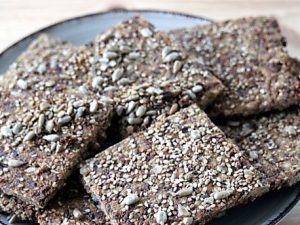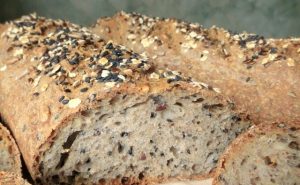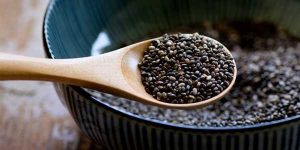The importance of food appereance and physicality
How our senses influence our food preferences
Food is one of the activities that most involves our senses. There are even 8 sensory moments, 4 more than any other activity, as senses are stimulated in different ways at different times (Barichella, 2019).
The sight is the first sense, which evaluates appearance, shape, size and color. In other words, it is evaluated if the product could be appetizing or not. For this reason, the sight is the sense that mostly conditions further evaluations.
The other senses evaluate other characteristics, such as the external smell, external touch (tactile sensations transmitted), external hearing (the sound that comes when breaking or cutting the product), taste (sweet or bitterness, freshness etc …), internal hearing (the noise produced during chewing), the internal touch (sensations transmitted during chewing), internal sense of smell (the aroma perceived during breathing).
Why is the physicality so important?
 In the last few years there has been an important increase in the food market of products with a particular physicality, capable of stimulating our senses.
In the last few years there has been an important increase in the food market of products with a particular physicality, capable of stimulating our senses.
A lot of products in different food sectors (bakery, pasta, snacks, meat substitutes) highlights raw materials such as cereals, seeds and derivatives (flax, pumpkin, sunflower) and, more recently, legumes and derivatives (granular lentils, peas or chickpeas).
According to Mintel, food must not only satisfy nutritional or nutritional aspects, but has to offer a multi-sensory experience, with products that have visible and perceptible texture and physicality (Zegler, 2017), that can stimulate consumer’s appetite starting from the observation of the product.
Where is the market going for?
Many food producers are using “coarse raw ingredients”, whose appearance clearly recalls the raw material used and the manual processing of the dough.
 This trend comes from an important change in the food preferences of the consumers. Over the years, the industrial food industry has partly lost consumer confidence, because many of the ingredients are too much refined and seem too “far” from nature and unable to recall the origin of the raw material used and, most important, they lack that ability to stimulate the senses of the consumer.
This trend comes from an important change in the food preferences of the consumers. Over the years, the industrial food industry has partly lost consumer confidence, because many of the ingredients are too much refined and seem too “far” from nature and unable to recall the origin of the raw material used and, most important, they lack that ability to stimulate the senses of the consumer.
The consumer wants to know exactly what he is eating and a simple label reporting the raw materials used is not enough. Therefore, an important physicality (obtained by using ingredients such as seeds, flakes, granules, etc.) can make the finished product more appetizing.
What is so important in the choice of raw materials?
 During the selection of raw materials, it is important to evaluate not only basic information such as name or origin, but also their physical resistance during the processing, their color contrast, and their structure, so that they do not inhibit the workability of the dough.
During the selection of raw materials, it is important to evaluate not only basic information such as name or origin, but also their physical resistance during the processing, their color contrast, and their structure, so that they do not inhibit the workability of the dough.
But there are two other fundamental aspects, that can be crucial for the success of the product.
On the one hand, it is important to select specific whole raw materials, capable of preserving their wealth of nutritional elements, and on the other to use specific blends of whole seeds, creating the so-called “orchestra” effect between the various components, a particular synergy among the raw materials that increases exponentially the nutritional properties of the product, providing the consumer with a real physical well-being. This fact may encourage the consumer to buy back the product again.
But also the physical aspects of the products will be emphasized, making them extremely pleasing to the appearance, especially if the packaging used reveals the finished product (Nielsen GS1 Italy, 2018).
Sources:
Barichella, P. (2019), Gli otto momenti del Sensory Design, Ingredienti Alimentari, 102, 11-13.
Zegler, J. (2017), Mintel announces five global food and drink trends for 2018, www.mintel.com.
Il piacere è tutto mio (2018), Osservatorio Immagino Nielsen GS1 Italy, 2, 43-45.